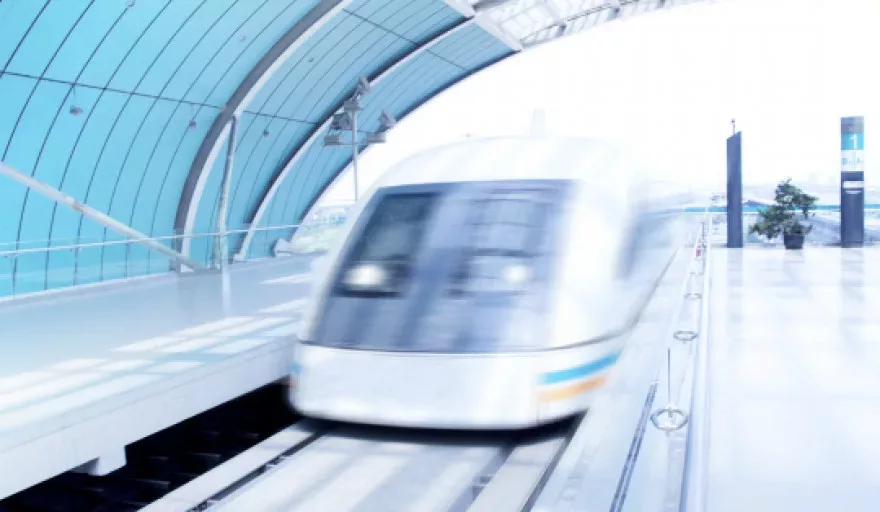The seven-car maglev train, short for magnetic levitation, set a record of 366 mph last week during a test run. This time was then swiftly surpassed in the days that followed as the magnet propelled train reached 374 mph this week. Up until this point, the previous record of 268 mph had stood firm since 2003.
The company said that the purpose of the record-breaking run was to test the safety of the trains, which hover around four inches above the tracks and are propelled by electrically-charged magnets.
“The ride was comfortable and stable,” Yasukazu Endo, the head of the Maglev Test Centre, told the Asahi Shimbun newspaper. “We would like to continue analysing data and make use of it in designing the cars and other equipment.”
“Both the car and the track are designed for commercial use and I believe both the level of comfort and safety has improved,” added Yasukazu Endo.
However, he said future passengers won’t necessarily get a chance to travel as fast as the Maglev did at the start of this week. When passengers are on board, the train is expected to travel at around 313 mph.
Although the train is clearly an efficient and welcome idea, there are concerns about the cost of building the infrastructure for a commercial maglev service, which will be required alongside the hopes to have the train in operation by 2027; with the initial service to provide transport between Tokyo and Nagoya, 177 miles away.
The service, which would run at a top speed of 310 mph, is expected to connect the two cities in 40 minutes, less than half the present journey time in a shinkansen bullet train, which celebrated its 50th anniversary last year.
By 2045, maglev trains are expected to cover the 254 miles between Tokyo and Osaka in one hour and seven minutes, cutting the journey time in half.
But estimates put construction costs at nearly $100 billion (£67 billion) for the Tokyo-Nagoya stretch, with more than 80 percent of the route expected to go through mountain tunnels, adding a serious amount of cost to the final total.
Despite the daunting figures, Japan is hoping to sell its high-speed rail technology overseas as part of an attempt to revive the world’s third-biggest economy through infrastructure exports.
Pictured: Shanghai maglev train



































